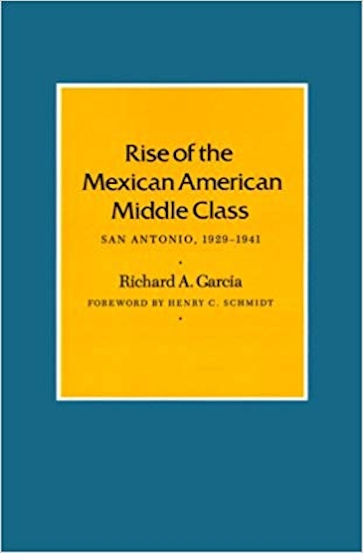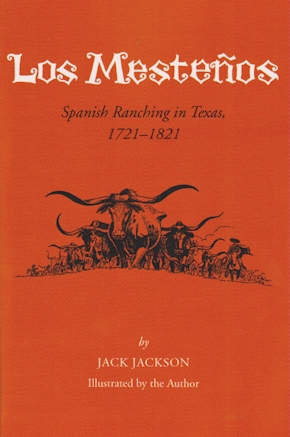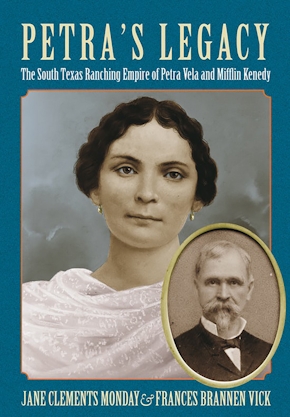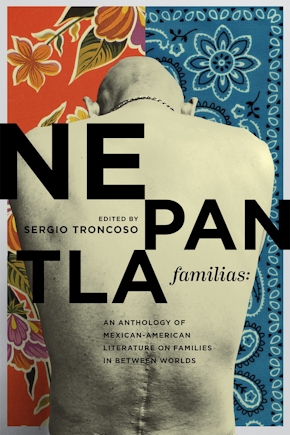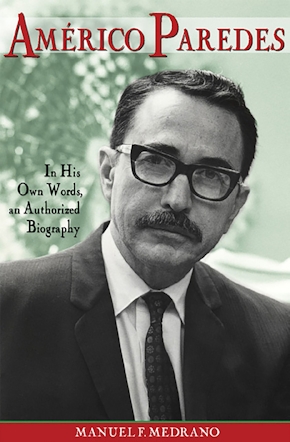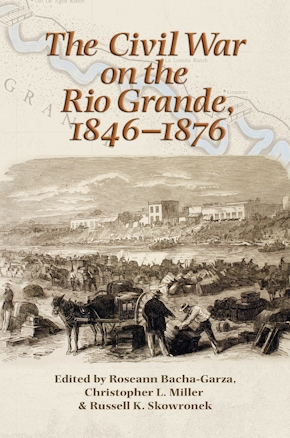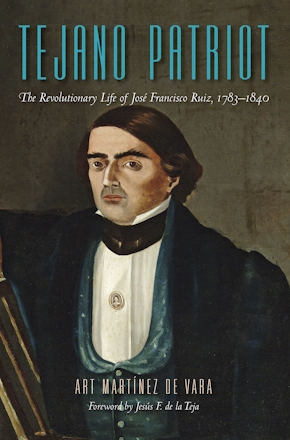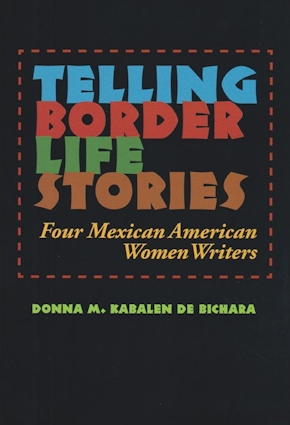Rise of the Mexican American Middle Class
San Antonio, 1929-1941
978-1-58544-052-8 Paperback
6 x 9 x 0 in
416 pp.
Pub Date: 06/01/2000
Available
BUY NOW
- Paperback $27.95 s
Richard Garcia presents an innovative study of the tension between change and continuity in thought, culture, and community that characterized this transformation. His analysis focuses on both the conservative Mexican-exile ricos, who promoted a perspective of "Lo Mexicano" and a return to la patria, and the rising Mexican American middle class, who sought a life of Americanism that stressed social integration, education, political rights and power, and economic betterment for both individuals and the ethnic community. Members of this middle class wanted to be Americans politically while remaining Mexicans culturally.
Garcia's argument is the first to link the ethnic identity of the Mexican American generation to the rise of the middle class within the immigrant community. He also takes into account the Mexican community's structural relationship to the city, the process of class differentiation within the barrio, and the role of family, church, education, and politics. Through the microcosm of San Antonio, this pioneering study explores the process of changing consciousness that was occurring throughout the United States during this important period.
Centennial Series of the Association of Former Students, Texas A&M University
About the Author
Reviews
Published by Texas A&M University Press
